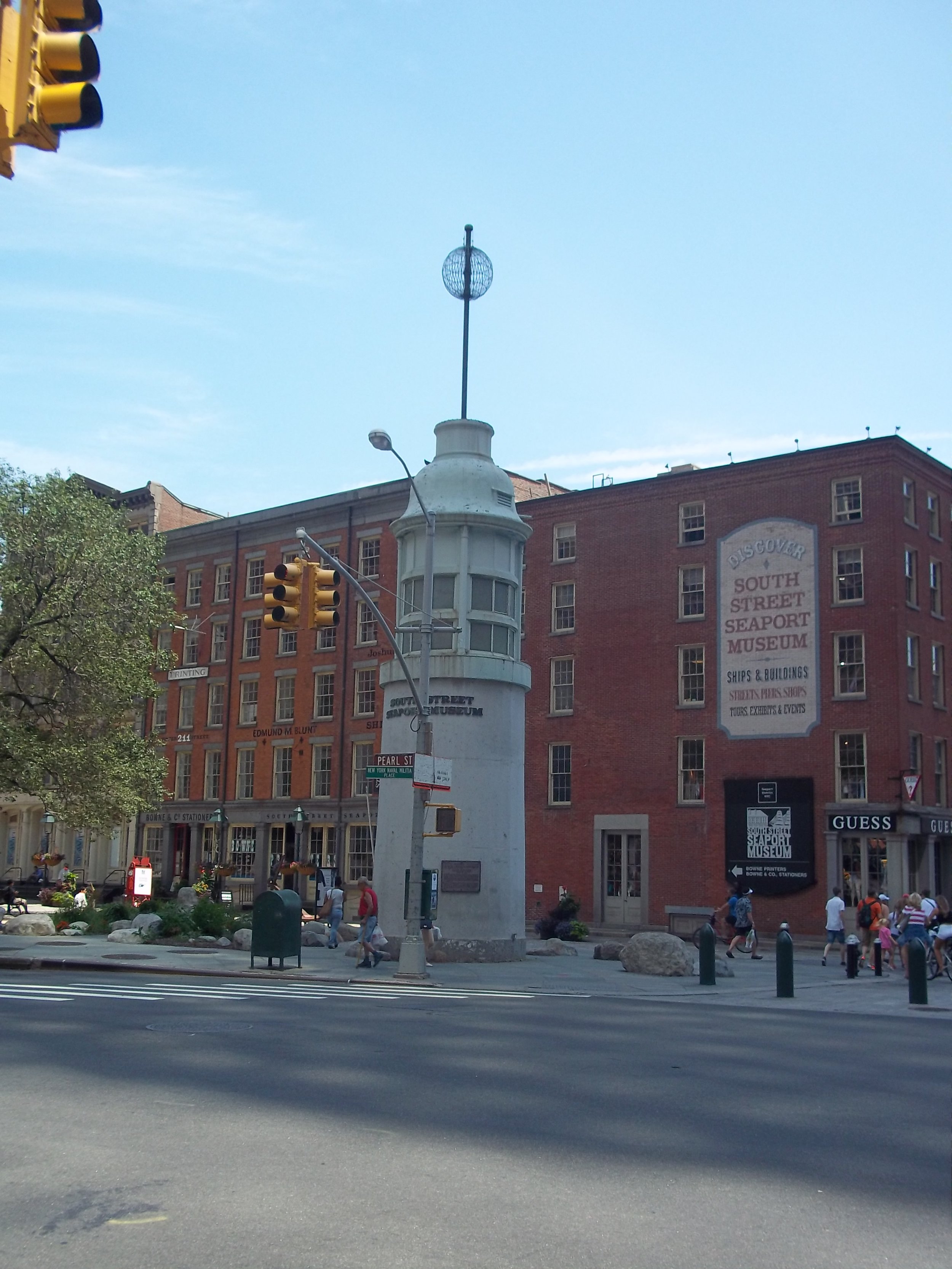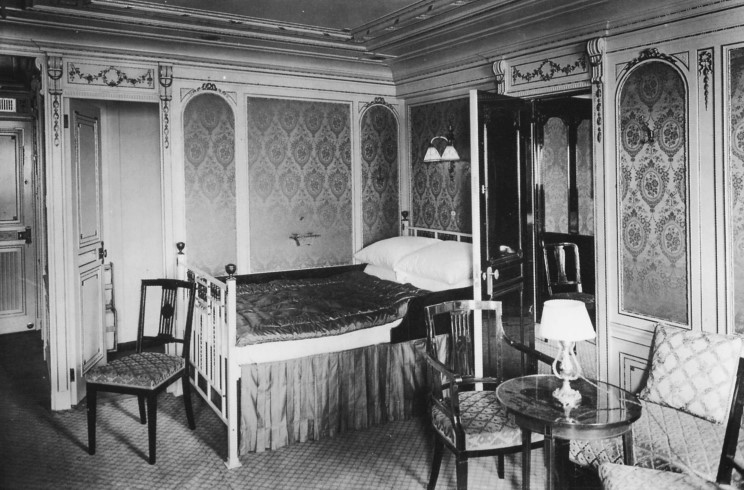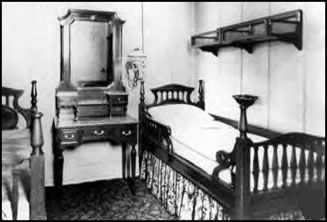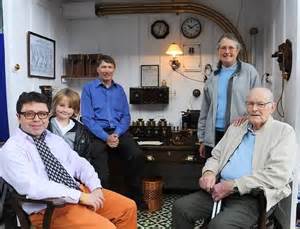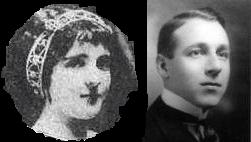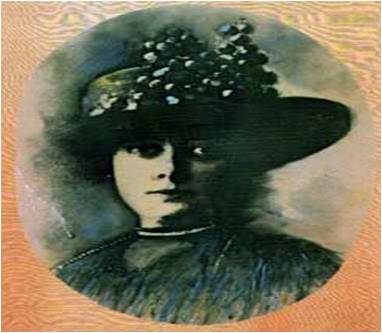The Young Cook Aboard Titanic
/Forty-three passengers aboard the Titanic were employed by other passengers. They included: three chauffeurs, twenty personal maids, two secretaries, two governesses, one clerk, one personal cook, two nursemaids, eleven servants (valets), and one nurse.
The youngest of these was the personal cook for the Allison family, eighteen-year-old Amelia Mary Brown. The family purchased second class tickets for Amelia and their chauffeur, George Swane, although the family traveled in first class.
Amelia Mary Brown
(photo credit: British Titanic Society)
When the ship was sinking, Amelia didn’t want to get out of bed until her roommate told her she was probably the last person on the ship still in bed. When she made her way to the Boat Deck, she was put into Lifeboat 11. Amelia wrote a letter to her mother from the rescue ship Carpathia.
My dear Mother,
At last I have made myself sit down to write. I don't know how the time has gone since the wreck But I can't help thinking how lucky I was to be amongst the rescued. There were 2000 people about that on board and only about 700 were rescued. If happened at 11.30 Sunday night. Our boat ran into an iceberg and within 1 1/2 hours the vessel had sunk I couldn't believe that it was serious and would not get up until Swain [sic] came and made me that was the last / saw of him poor fellow. No sooner was I on deck that I was bustled to the first class deck and pushed into one of the boats and I found nurse (Alice Cleaver) and the baby (Trevor Allison) were there. It was awful to put the lifebelt on it, seemed as if you really were gone. Then came the lowering of the boats I shut my eyes in hopes I should wake up and find it a dream. Then came the awful suspense of waiting till a vessel happened to pass our way. The wireless telegraphy had beer used and this vessel that was southward bound came miles out of its way to pick us up. By the time we had got out of reach of the suction we stopped to watch her go down and you could watch her go too. It went in the front until it was standing like this then all the lights went out. Shortly after we heard the engines explode and then the cries of the people for help. Never shall I forget it as long as I live. I don't let myself think of it. We were on the water from 12 till 6 in this small boat. Thank goodness it was a calm clear night or I don't know what would have happened. We were nearly frozen as there were Icebergs all round us. Ever since I have been on here I have felt in a stupor. Everything seems too much trouble and I don't care what happens to me. I found Sallie (Sarah Daniels) had got on alright but poor girl she keeps worrying about her things, of course we have lost everything bar what we stand up in. I had my watch on my arm in fact it hasn't left it since we sailed and my money was in my pocket. I have not seen Mr and Mrs Allison. I suppose they have gone under but there is just the hopes that they may have been picked up by another- boat but still I am not going to worry about that as they have several friends on board and then there are the partners of the firm. We have been offered a home until they can find us a place suitable. This vessel has turned back to New York with us. I have slept on the Dining Room floor both nights. We had a most awful thunderstorm last night and today it's that foggy. I shall be glad to be on terra firma again. We had a bad start. The New York broke adrift and ran into us at Southampton Harbour. Well I won't write any more now. Will you let Neil read this and Aunt Em or anyone that you think as I don't feel like going all over it again. Don't worry about me as I shall be well looked after and I have made several well-to-do-friends.
Lots of love to all, From your ever loving daughter Millie
Mr. and Mrs. Allison were lost in the sinking. Amelia later returned to England and married in 1931. She died at the age of 82.











